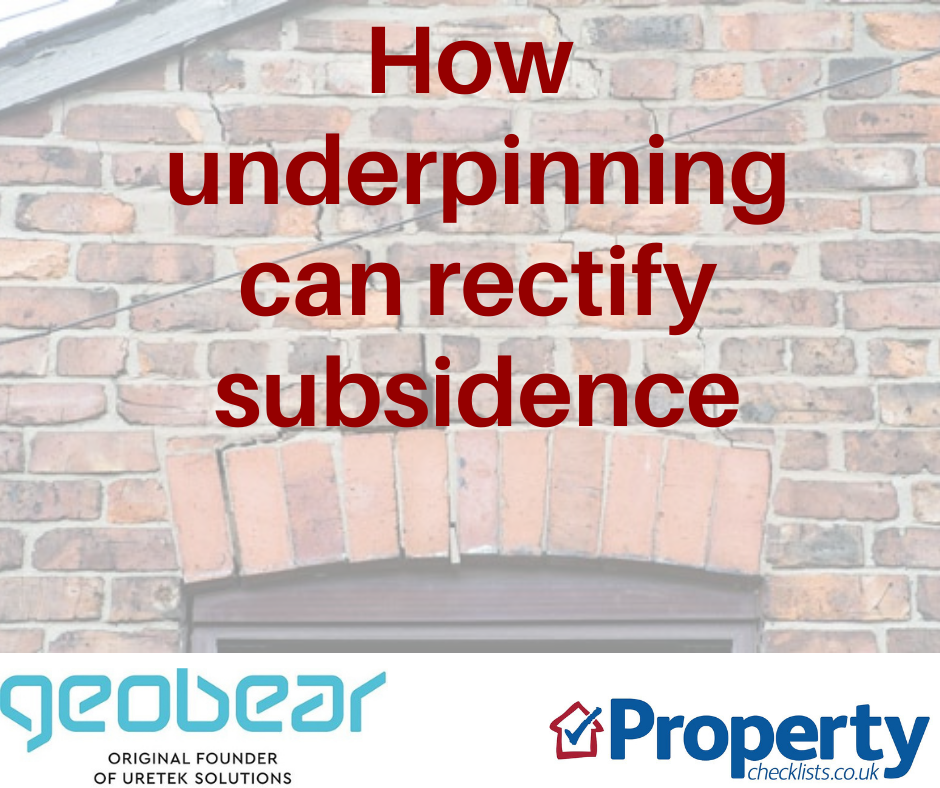While we thought we were all heading for a nightmare guillotine at the end of March in the property market, thank goodness the Treasury listened to all those who worked hard to raise the issue of ending Stamp Duty so abruptly. When other markets have been closed down for nearly a year and some people have received no help throughout the pandemic, the property industry has thrived.
And although some reports are showing a slowing of activity, most agree that those interested in home moving this year is still higher than previous years, and this growth in demand isn’t likely to stop any time soon. The bigger issue is, the number of properties for sale is quite low, and as the Rightmove figures show, part of this is because families will not want to sell while they are having to home school. Hopefully over the coming months, more sales will come to market to help balance supply and demand as shown by the Hometrack graph:-
Hopefully, with the year ‘settled’ for the property market now in terms of SDLT, over 100,000 sales have been saved and, although not many new sales will be able to take advantage of the latest extension, the additional announcement of 95% lending coming back into the market has certainly sparked even more interest in moving this year.
For the full national commentary, download Kate's comprehensive report here
Some astonishing figures are coming out from all the indices of the huge growth in property prices and of course, the continued variations. The largest rises are being recorded by Land Registry which published four areas being in double digit growth: North West, Yorkshire & Humber, East Midlands and the South West. London lagged behind with ‘only’ 3.5% growth year on year. This level of performance is way in excess of what we’ve seen over the last few years. On a quarterly basis, the figures are even higher, with e.surv showing data that some areas, such as the North West, Blackburn with Darwen, saw a 23% rise and the East Midlands, including Nottingham City, grew at 18%. The South West saw annual house price growth in the last quarter of 2020 rising by over 18%.
And all this growth was despite the fact the economy fell by in excess of -10% in 2020, so property has really bucked the trend during the pandemic.
Source: UK HPI
Regional commentary from individual indices
RICS
“At the regional level, respondents across all parts of the UK noted some degree of price growth in the latest results, with Wales, the North of England and Northern Ireland all exhibiting particularly strong readings. Moreover, whereas survey participants reported a slight pull-back in London house prices last month, the latest net balance rose to +20% across the capital.
“Alongside this, twelve month price expectations picked up, with the UK-wide net balance climbing to +46% from +30% last time. All UK regions/countries are now expected to see an increase in prices over the year to come, with contributors in Northern Ireland and Wales appearing most confident that prices will be higher in a year’s time.”
e.surv
“There has been widespread price growth across Wales and all nine English regions. Once again, all ten Government Office Regions (GOR) have simultaneously set a new record average house price, and it is the seventh month in a row in which all have seen a positive movement in their annual growth rates.
“The South West has the highest annual house price growth, of 15.3%, and with areas within it such as Bournemouth, Cornwall and Gloucestershire all experiencing price growth in excess of 20%. This month, the North West and the East Midlands retain their second and third positions, with growth rates of 11.5% and 11.2% respectively. In the North West, Blackburn with Darwen had the highest annual rate, of 23.0%, while in the East Midlands, Nottingham City came highest at 18.1%.
“By contrast, the South East, the East of England and Greater London have the lowest rates of increase, probably indicating that the movement from inner and central London to the capital’s suburbs has largely run its course. However, to put this in perspective, the growth rates of 8.0% and 6.8% recorded in the South East and East of England remain high in relative terms - just twelve months ago, in February 2020, housing commentators - us included - were getting excited about reporting national price rises of 2.2%.”
Hometrack
“Price growth at a country and regional level ranges from 2.8% in London to 5.5% in the North West of England and 5.6% in Wales.”
To read the full regional analysis, download the report here
At town and city level we can see some startling differences. The likes of Nottingham, Leeds, Bradford, Leicester and Liverpool all recording price rises of 10-14%. It’s worth noting that these areas have severely lagged behind any decent growth since the last recession and prices certainly haven’t kept up with inflation in these areas.
In contrast, the power house of London is one of the ‘worst performers’, up by just 3.5% - but lets face it, that’s still in the right direction! Perhaps the surprise is the low performance of Peterborough, up just 0.6%, yet a prime place for people to move to outside of London and commute in for a few days.
Overall though, wherever you are moving people, the news on transactions and prices is good, and it looks like we are in for another great year this year as the pandemic has pushed people to move rather than put them off.
Source: UK HPI
Source: UK HPI
For the full analysis of towns and cities, download Kate's comprehensive report here
Having seen such incredible supply and demand growth in 2020, the fear of trying to get movers ‘over the line’ in time to meet the SDLT deadline has been worrisome from the start of the year, and we know everyone is pretty much exhausted from the huge amount of extra work in the second half of 2020.
And for those that were thinking the push towards the end of March would mean a bit of a break from April onwards, that doesn’t seem to be the case at all.
Hopefully, with kids going back to school and the lockdown starting to end, if all goes well on controlling the pandemic through the vaccination programme, then more supply will come to the market and with a steadier time likely from March onwards, everyone can look forward to another good year this year, delivering back much needed growth to the economy.
However, it is important that all new buyers and sellers, unless they are buying under £250,000, are made aware early in the process that it would be wise not to rely on meeting the SDLT deadline and having sufficient funds available. The government has done its bit to ease the pressure and it’s important that the industry doesn’t allow another cliff edge to be created.
Property transactions, demand and supply commentary from the indices
Rightmove
“Buyer demand was ahead of the same period in 2020 throughout January, and is even stronger in all key metrics for the first week in February compared to a year ago. Despite the very minimal chance of benefitting from the stamp duty savings, the number of purchases agreed is currently up by 7%. The pipeline for future sales is looking even stronger, with the number of prospective buyers sending enquiries to estate agents up by 18%, and the number of visits to Rightmove up by 45%. This high buyer demand is outstripping new supply and helping to edge up prices despite the challenging economic backdrop.
“The number of new sellers coming to market is 21% down over the last four weeks when compared with the prior year. Worst affected are the sectors one might expect to be juggling home-schooling responsibilities alongside daily life, which appear to be delaying some owners of family homes from coming to market. The ‘second-stepper’ and ‘top of the ladder’ sectors with three bedrooms or more see 25% fewer new listings between them. In contrast, properties with two bedrooms or fewer are only down by 16%.”
NAEA Propertymark
“The average number of sales agreed per estate agent branch stood at 10 in January which is an increase from eight in December. This is the highest figure recorded for the month of January since 2007, when the number stood at 13.
“The number of sales made to FTBs remained the same at 23 per cent in January. Year-on-year this is a decrease of six percentage points from 29 per cent in January 2020.
“The number of properties available per member branch stood at 38 in January, rising from 33 in December.
“The average number of house hunters registered per estate agent branch stood at 487 in January, which is an increase of 40 per cent from 348 in December. Year-on-year, this is a 27 per cent increase from 382 in January 2020.”
RICS
“The results point to another slightly softer month for sales market activity, albeit this is following an especially strong second half of 2020. In particular, current lockdown restrictions appear to be deterring new vendors putting their homes up for sale. However, forward looking metrics have shown some improvement, with sales expected to rise modestly over the coming three months. What’s more, it is important to note that over three-quarters of the survey sample was gathered prior to the Chancellor confirming that the Stamp Duty holiday would be extended until the end of June (and then tapered through to October) in the recent Budget.
“At the national level, new buyer enquiries came in at -9% in February. Although this is the second consecutive negative monthly figure, it is noticeably less downbeat than the reading of -29% in January. Meanwhile, new instructions also fell for a second month in succession, evidenced by -29% of contributors reporting a decline (which compares to -40% in January).
“In terms of newly agreed sales, the +1% returned this month is consistent with a broadly flat trend over the latest survey period. That said, this represents a stabilisation following the brief dip reported last time out.
“Looking ahead, near term sales expectations moved into marginally positive territory at +6%, marking the strongest reading for this series since October last year. Expectations are most upbeat in Wales, Northern Ireland and Scotland.”
Principality
“Wales has not experienced the usual seasonal slowdown, with December sales continuing at the high levels seen in the months of October and November. Indeed, with the Land Transaction Tax holiday due to end in the spring of 2021 there was a considerable stimulus effect in place with buyers clamouring to complete and exchange as soon as possible.
“The recent December RICS housing market survey indicated that buyer interest in Wales has been stronger and persisted for longer than in other parts of the UK. On a range of metrics – buyer enquiries, instructions to sell, agreed sales, activity per surveyor and sales to stock ratio, Wales was equal to, or outperformed, the most active of English regions.
“There had been a strong spike in agreed sales after the first lockdown was lifted, and while actual sales in Q3 were still a third below the levels of a year earlier, we estimate that transactions climbed to 12,000 in Q4. Overall transactions were down by 21% in 2020 compared to 2019, undoubtedly as a result of the impact the pandemic has had on the economy.”
Hometrack
Demand for housing still ahead of last year
"Buyer demand has remained strong through the first six weeks of 2021. It is up 12.4% compared to the same point last year - when demand rebounded after the General Election result in December 2019. The flow of new buyers comes despite the imminent ending of the stamp duty holiday.
"Robust levels of demand signals the continuation of a trend that we have highlighted since the summer last year. While stamp duty has prompted higher levels of activity, there is still a cohort of buyers and movers who are looking for a new home after a reassessment of how and where they are living after repeated lockdowns, and the rise of working from home. The data points towards a ‘search for space’ among some buyers.
"As demand remains high, the number of homes being listed for sale is not keeping pace, putting sustained upward pressure on pricing."
Regional imbalances
"The mismatch between supply and demand is still evident in most regions across the country, as shown in the chart below. Demand levels in the North East are running more than 40% higher so far this year than over the same period last year, while new supply has shrunk.
"The exception is London, where demand levels have fallen year-on-year. However, there is a caveat here. Demand levels in London may be down 17% on an annual basis, but this is compared to a period in 2020 when there was a major surge in activity after the Election result in December 2019 with activity levels rising off a relatively lower base. If we compare current London demand figures to previous years, they are still well ahead of the average.
"Supply in London is also not as constrained as other markets, reflecting a higher proportion of landlords selling their property."
Download the comprehensive report here for full analysis of transactions, demand and supply
The Advisory track current market conditions so buyers and sellers can gain an independent view of how easy it would be to buy and sell their home in their area. This makes it easier for good agents that are honest about market conditions to value and manage expectations. For example, in BH18 88% of the properties on the market are under offer.
From PropCast’s perspective, the hot markets from a postcode perspective don’t necessarily track the overall increases and decreases seen even at town and city levels, with Broadstone, Bristol and Newton-le-Willows having some of the busiest markets, and London/Liverpool having some of the slower ones. View the House Selling Weather Forecast here.
Source: TheAdvisory
| How underpinning can rectify subsidence - Geobear |
Plumbing checks to make on your home - WaterSafe |
Advantages of a new build property - Barratt |
 |
 |
 |